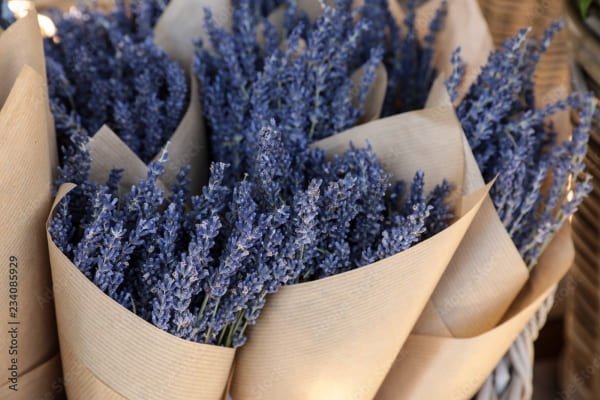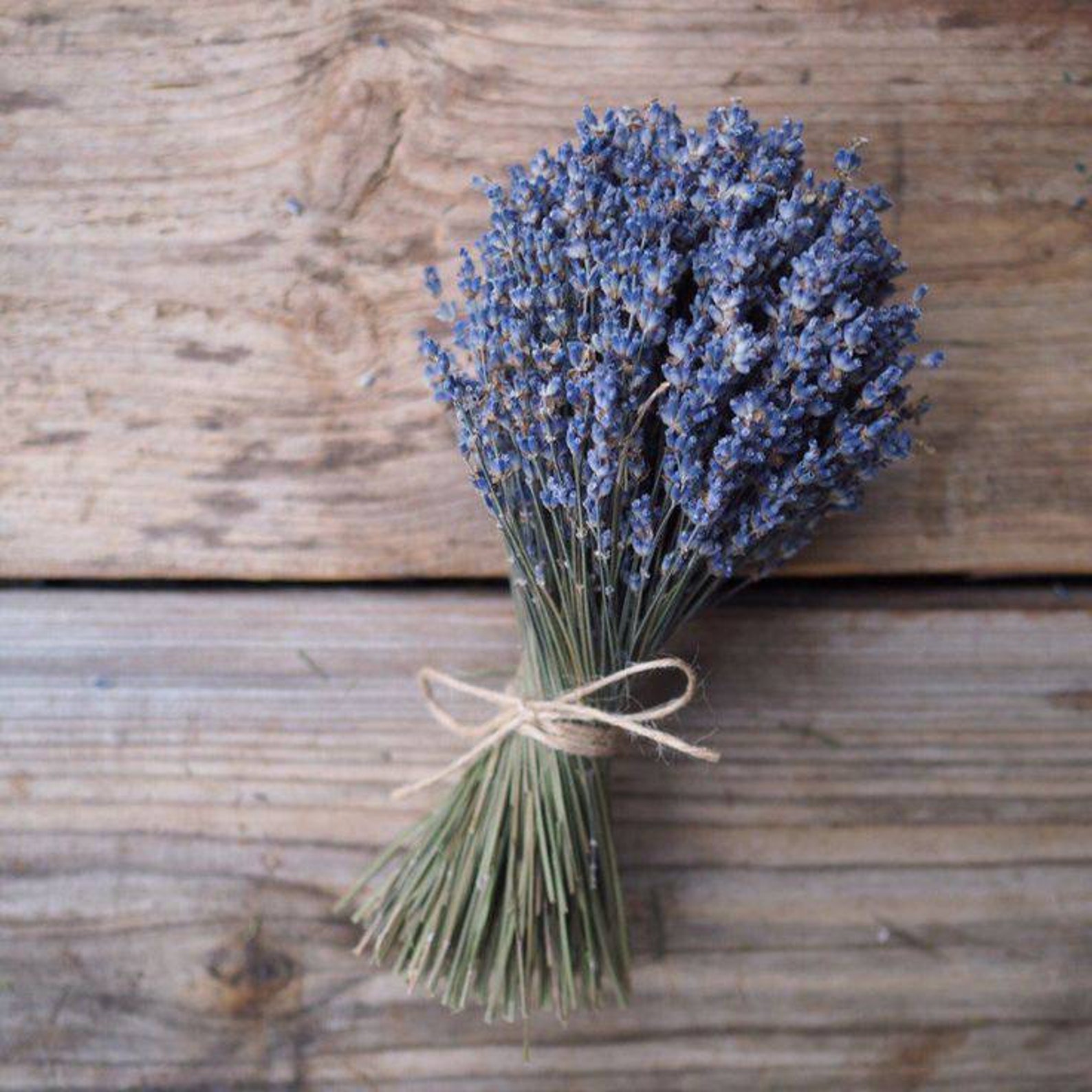Introduction
Dried lavender, cherished for its calming fragrance and versatile applications, is a popular choice for home decor, crafts, and culinary uses. To maintain its potency, aroma, and visual appeal, proper storage is essential. This comprehensive guide will delve into the best practices for storing dried lavender to ensure its longevity and efficacy. We will explore methods to preserve its color, fragrance, and medicinal properties while avoiding common pitfalls.
Understanding the Importance of Proper Storage
Proper storage is crucial for maintaining the quality of dried lavender. Factors such as light, heat, humidity, and air exposure can impact its longevity and effectiveness. Proper storage ensures that lavender retains its essential oils, color, and overall quality, making it suitable for use in various applications.
- Preservation of Aroma: Lavender’s therapeutic benefits and pleasant fragrance are due to its essential oils. Exposure to air, light, or heat can cause these oils to degrade, leading to a loss of aroma and efficacy.
- Prevention of Mold and Mildew: Lavender stored in humid conditions is prone to mold and mildew growth, which can spoil the herb and render it unusable.
- Color Retention: Dried lavender can lose its vibrant color if not stored properly. Maintaining its color is important, especially for decorative purposes.
- Avoiding Pest Infestation: Proper storage helps prevent pests like moths and insects from damaging the lavender.
Factors Affecting Dried Lavender Storage
- Light: Ultraviolet (UV) light can cause essential oils to degrade and the color of lavender to fade. Storing lavender in a dark place helps preserve its quality.
- Heat: High temperatures can accelerate the breakdown of essential oils and reduce the herb’s potency. Keeping lavender cool ensures it retains its properties longer.
- Humidity: Excess moisture can lead to mold and mildew growth. Lavender should be stored in a dry environment to prevent these issues.
- Air Exposure: Oxygen can cause lavender to lose its aroma and flavor over time. Proper sealing is essential to limit air exposure.
Storage Containers and Materials
- Airtight Containers: Glass jars, metal tins, or plastic containers with airtight seals are ideal for storing dried lavender. These containers prevent air and moisture from reaching the lavender, preserving its quality.
- Vacuum-Sealed Bags: For long-term storage, vacuum-sealing dried lavender removes air from the packaging, reducing the risk of degradation and spoilage.
- Paper or Cloth Bags: While not as effective at sealing out air and moisture, paper or cloth bags can be used for short-term storage. They should be kept in a cool, dark place.
- Dark Glass Jars: If you prefer glass containers, choose dark or opaque glass jars to protect lavender from light exposure.
Step-by-Step Guide to Storing Dried Lavender
Step 1: Prepare the Lavender
- Ensure Complete Drying: Before storing, ensure that lavender is fully dried. If lavender is not adequately dried, it can develop mold or mildew. Dry lavender in a well-ventilated area away from direct sunlight until it is crisp and brittle.
- Remove Stems (Optional): For convenience, you may remove the lavender buds from the stems before storing. This step is optional but can make it easier to use the lavender later.
Step 2: Choose the Right Container
- Select an Airtight Container: Choose a container that can be sealed tightly to prevent air and moisture from entering. Glass jars with rubber seals, metal tins, or vacuum-sealed bags are excellent choices.
- Consider Dark Storage: If using clear glass containers, store them in a dark place or cover them with a cloth to protect the lavender from light.
Step 3: Store Lavender Properly
- Fill the Container: Place the dried lavender into the container, leaving minimal space for air. If using a vacuum-sealed bag, ensure it is properly sealed to remove excess air.
- Label the Container: Label the container with the date of storage. This helps keep track of the lavender’s age and ensures you use it within its optimal time frame.
- Store in a Cool, Dry Place: Keep the container in a cool, dry place away from direct sunlight and heat sources. Ideal storage locations include pantry shelves, cupboards, or drawers.
Step 4: Monitor Storage Conditions
- Check for Mold or Mildew: Periodically inspect the stored lavender for signs of mold or mildew. If any issues are detected, discard the affected lavender to prevent contamination.
- Maintain Proper Temperature and Humidity: Ensure that the storage environment remains cool and dry. Avoid areas with fluctuating temperatures or high humidity.
Long-Term Storage Techniques
For long-term storage, consider the following advanced techniques:
- Freeze for Extended Storage: If you plan to store lavender for an extended period, freezing can be an effective method. Place dried lavender in vacuum-sealed bags or airtight containers and store them in the freezer. This method helps preserve the lavender’s potency and aroma.
- Use Desiccants: To absorb any residual moisture, place desiccant packets (silica gel or similar) in the container with the lavender. This helps maintain a dry environment and prevents mold growth.
- Create Lavender Sachets: For decorative and practical purposes, create lavender sachets using fabric bags or pouches. These sachets can be placed in drawers, closets, or other storage areas. Ensure the sachets are sealed properly to keep the lavender fresh.
Troubleshooting Common Storage Issues
- Fading Color: If lavender loses its color, it may be due to prolonged exposure to light or heat. Store lavender in a darker environment and consider using dark-colored containers to prevent further fading.
- Loss of Aroma: If lavender loses its fragrance, it may be due to prolonged air exposure. Ensure containers are airtight and consider using vacuum-sealed bags for better preservation.
- Mold or Mildew: Mold and mildew growth can occur if lavender is not fully dried or if stored in a humid environment. Ensure lavender is completely dry before storing and keep it in a dry, cool place.
Creative Uses for Stored Lavender
- Crafts and Decor: Use dried lavender in various craft projects, such as wreaths, garlands, and potpourri. Its preserved color and aroma add a touch of elegance to home decor.
- Culinary Uses: Dried lavender can be used in baking, cooking, and making herbal teas. Properly stored lavender maintains its flavor and can enhance various recipes.
- Personal Care Products: Incorporate dried lavender into homemade soaps, lotions, and sachets. Properly stored lavender ensures that these products retain their fragrance and effectiveness.
Conclusion
Properly storing dried lavender is essential for maintaining its aroma, color, and therapeutic properties. By following the guidelines outlined in this comprehensive guide, you can ensure that your dried lavender remains fresh and effective for various uses. From selecting the right containers to monitoring storage conditions, each step plays a crucial role in preserving the quality of this versatile herb. With proper care, your dried lavender will continue to provide beauty and benefits for months and even years to come.




